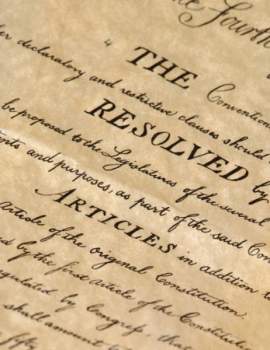
The Facts About Cost Segregation on Assets

Cost segregation is used to lessen an individual’s immediate tax burden on assets that may depreciate over time. Cost segregation involves the separation of real estate assets that are grouped together with personal property assets, in order to have the tax burden imposed separately.
For example, real estate assets may have a quicker depreciation than personal assets, thereby lessening the immediate tax burden on those assets. Had those properties remained lumped together, it would be impossible to lessen the tax burden on those items that have a quicker depreciation.
In real estate, personal property may include items such as land improvements or other nonstructural elements such as the cost of construction of those nonstructural elements.
The value of real estate is estimated to depreciate over a period of around 30 years; however, the nonstructural items found within a building depreciate at a faster rate. Rugs for example, may depreciate at a rate of five years. Nonstructural elements which can be separated from the structure can include rugs, lighting, wallpaper, electrical systems and landscaping.
It is important however, that the property meets certain specific criteria before the assets are separated for cost segregation. For instance, the building must have been purchased or remodeled since 1987.
In addition, the cost segregation will likely only be beneficial when the cost of remodeling that structure or purchasing that structure, exceeded $200,000. It is also most beneficial for specific types of structures which have items that depreciate quicker, such as hotels or apartment buildings.
NEXT: The Purpose of Tax Forms





















